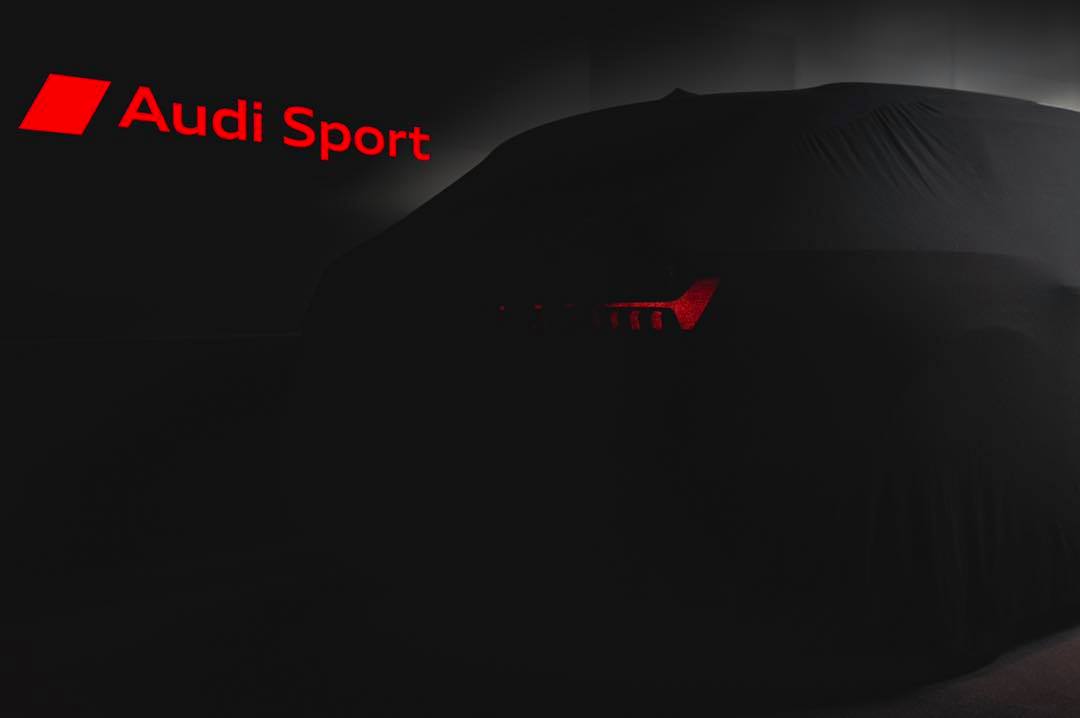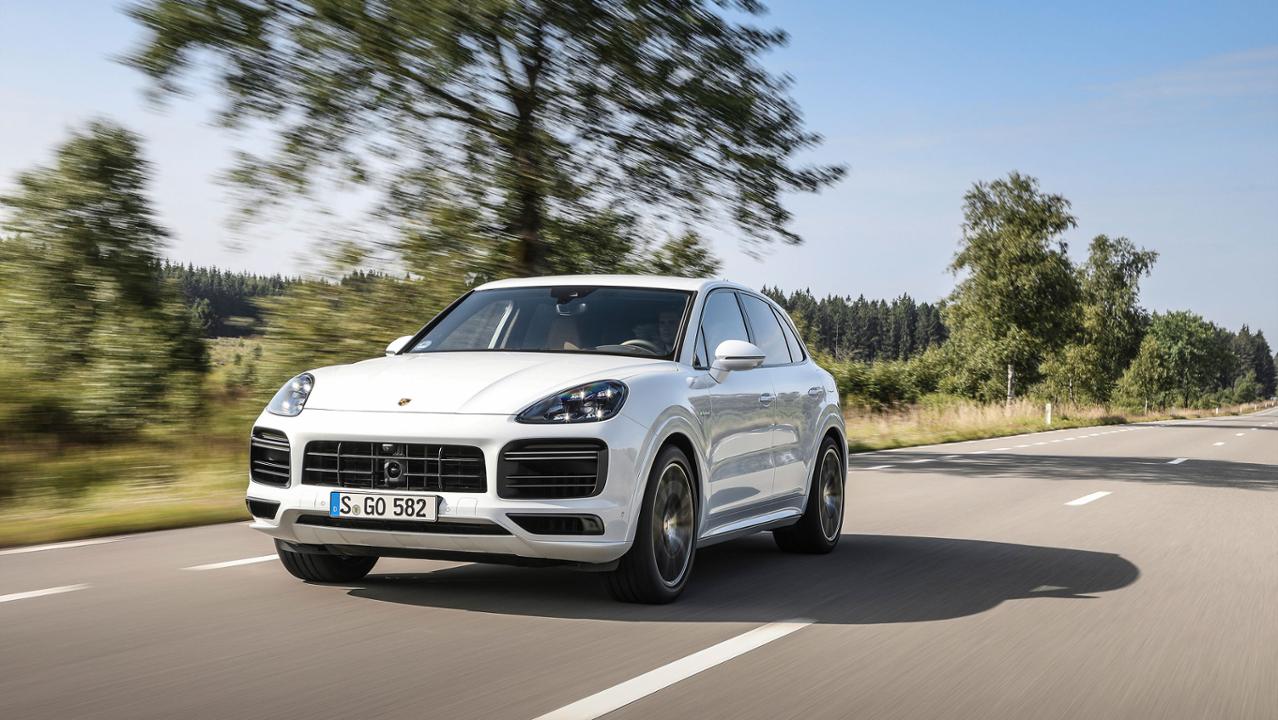Here's What Happens If You Mix Premium Tyres With Budget
We’d always advise against fitting budget tyres. They may be getting better, but the difference - particularly in the wet - between budgets and premium tyres is still massive.
There is an even worse option, however: mixing premium and budget boots on a single car. Doing so will dangerously imbalance the car, and to demonstrate how that plays out, Jon Benson of Tyre Reviews took to a wet handling circuit with a BMW M2.

Benson first set times on a full set of Continental Sport Contact 6s, before switching the rears to a different pair of premiums in the form of the Michelin Pilot Sport 4S. This made precious little difference to the lap times, although the feel of the car was altered ever so slightly. Mid-range Kumbo tyres on the rear did slow the car down and make it feel less sweet, without making it dangerous.
Finally, budget tyres were fitted on the back, and later the front axle mixed with Continentals at the rear. We’d recommend you watch the full video to see how this plays out, but suffice to say it isn’t pretty…
Source: YouTube/TyreReviews.com



Comments
Isn’t this common sense
Premium back and budget front. Also known as the Audi setup
Kumbo tyres? Never heard of them.
It is legal because the tire meets at least the minimum USofA DOT(Department Of Transportation) specifications for passenger car tires. Unlike some European nations the USofA does not require a passenger car owner to replace OEM tires with same speed graded tires.The owner can put T-speed graded tires on a car like the one in the video if the owner makes that choice. The owner can mix T speed tires on one axle with V speed tires on the other axle. It is the responsibility of the driver-owner to slow down to accommodate the tire choices and purchasing decisions that they have made. This is not much different than when 3 Peak Snow Tires are fitted. You cannot go as fast as you could with some Summer Tire setup.
As far as OEM tire fitments are concerned most are done due to cost considerations and kickbacks from tire manufacturers. The average passenger car gets whatever keeps the cost down without making the car too unsafe. Think avoiding tread separation at maximum gross vehicle mass after operating at 90
MPH for 2 hours on a 100°F day.
If the back of the car comes loose and the car spins around then you were traveling far too fast before the turn. On a real public road similar to your test track the posted speed limits would probably be set far below the speeds you were attempting to drive. The budget tires are fine IF you drive slower.
I never will understand people that try to safe money on tires its the only thing that is between the car and the road (normally at least). Its the easyest way to make your car safer and make it handle better.
When I bought my first car (a Peugeot 205 XS, no traction control, no stability control, no abs, no airbags), it had budget tyres at the front and dry as hell 80’s michelins at the back. It was an oversteer party everyday. Couldn’t count the number of times I ended up facing the wrong way in a rondabout. Then, a year latter (I know, should have done it way sooner), I decided to change all of the 4 tires, and proceeded to crash due to aquaplaning doing 15mph a month latter.
Basically my car right now in its current state…
Could’ve included a brake test also. Budget tyres failed on the lateral forces test, but they may still be decent at braking. While driving in town, lateral forces are almost nonexistent.